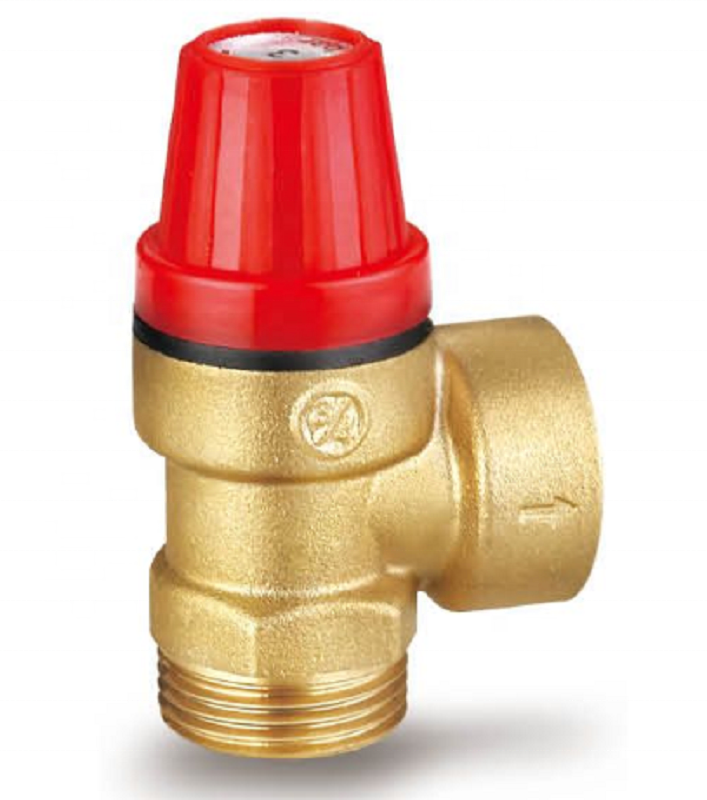Boiler safety valve issues can spell disaster—leaking systems, pressure spikes, or even explosions. Ignoring proper setup risks costly repairs, downtime, or worse, endangering lives. The good news? Correctly setting a boiler safety valve is straightforward with the right steps. Dive into this guide to ensure your system runs safely and efficiently, avoiding headaches and keeping your operations smooth.
To set a boiler safety valve, adjust the spring tension to the specified pressure, ensure proper installation on the boiler’s highest point, and test the valve for correct lift and reseating. Follow manufacturer guidelines, check for leaks, and verify the valve meets boiler safety standards for optimal performance.
This quick answer gets you started, but there’s more to know for a foolproof setup. Stick with us to explore detailed steps, placement tips, and valve requirements to keep your boiler safe and efficient.

How Does the Safety Valve Need to Be Installed?
Installing a boiler safety valve correctly is crucial for system safety and performance. Start by identifying the valve type—whether it’s a spring-loaded or lever-type safety valve, as seen in various boiler safety valve types. Place the valve on the boiler’s highest point, typically the steam dome, to ensure it releases excess pressure effectively. Before installation, check the valve’s specifications against the boiler’s pressure rating, as outlined in resources like safety valve types PDF.
Use proper tools to secure the valve, ensuring a tight, leak-free connection. Apply thread sealant to the valve’s threads and screw it into the boiler’s designated port. Once installed, adjust the spring tension to match the boiler’s maximum allowable working pressure (MAWP). Test the valve by slowly increasing boiler pressure to confirm it lifts at the set point—usually d/4 lift for standard valves, as explained in why boiler safety valve lift is d/4. Regular maintenance, like checking for corrosion or debris, keeps the valve reliable. A well-installed valve prevents overpressure and ensures compliance with safety standards.
What Are the Requirements for Safety Valve Placement on a Boiler?
Placement of a boiler safety valve directly impacts its effectiveness. The valve must sit at the boiler’s highest point, typically above the steam space, to release pressure efficiently. This placement, detailed in boiler safety valve diagrams, ensures steam escapes before pressure builds dangerously. Avoid placing valves near bends or fittings, as turbulence can affect performance. For types of safety valve in marine boilers, placement may vary slightly due to space constraints, but the principle remains.
The valve should have a clear discharge path—no obstructions or long pipes that could trap pressure. Ensure the outlet pipe is large enough to handle the valve’s flow rate, preventing backpressure. Accessibility is key; technicians need easy access for testing and maintenance. Check local regulations, as some regions specify minimum distances from other components. For example, boiler safety valve setting standards often require valves to be tamper-proof to avoid accidental adjustments. Proper placement reduces risks and extends the valve’s lifespan.
How Many Safety Valves Are Fitted for the Safety of a Steam Boiler?
The number of safety valves on a steam boiler depends on its size, pressure, and regulatory requirements. Most boilers require at least one safety valve, but larger systems often need two or more to handle high-pressure loads, as noted in how many types of safety valve in boiler. For instance, industrial steam boilers may use dual valves to ensure redundancy—if one fails, the other activates. This setup is common in boiler safety valve types for high-capacity systems.
Regulations like ASME standards often dictate the minimum number of valves based on boiler capacity and pressure ratings. A single valve might suffice for smaller boilers, but dual valves are standard for systems exceeding 500 square feet of heating surface. Each valve must be independently connected to the boiler, with no isolation valves in between, to guarantee uninterrupted operation. Check safety valve in boiler guidelines to confirm compliance. Regular testing of all valves ensures they function correctly, protecting your system from overpressure risks.
Summary
Setting a boiler safety valve involves precise installation, strategic placement, and understanding the number of valves needed for safety. By installing the valve at the boiler’s highest point, ensuring a clear discharge path, and adhering to pressure settings, you safeguard your system. Whether you’re dealing with boiler safety valve types or specific boiler safety valve settings, following these steps prevents costly failures. For businesses like plumbing wholesalers or construction procurement, reliable valves are non-negotiable. Partner with a trusted manufacturer to get high-quality solutions tailored to your needs.
Choose IVALVECRAFT, choose reliable partner, enjoy the high quality and best service.


